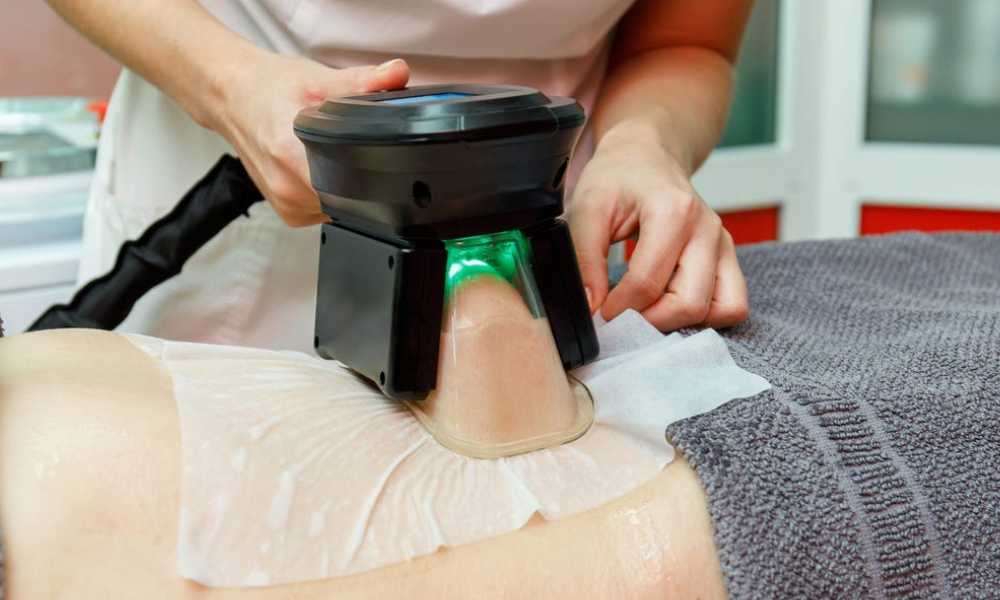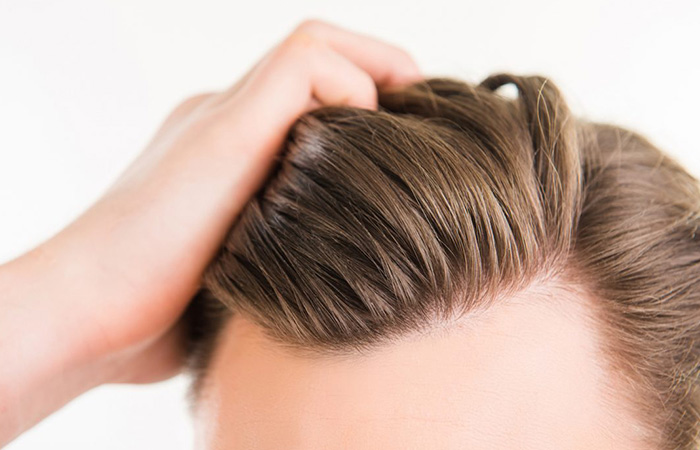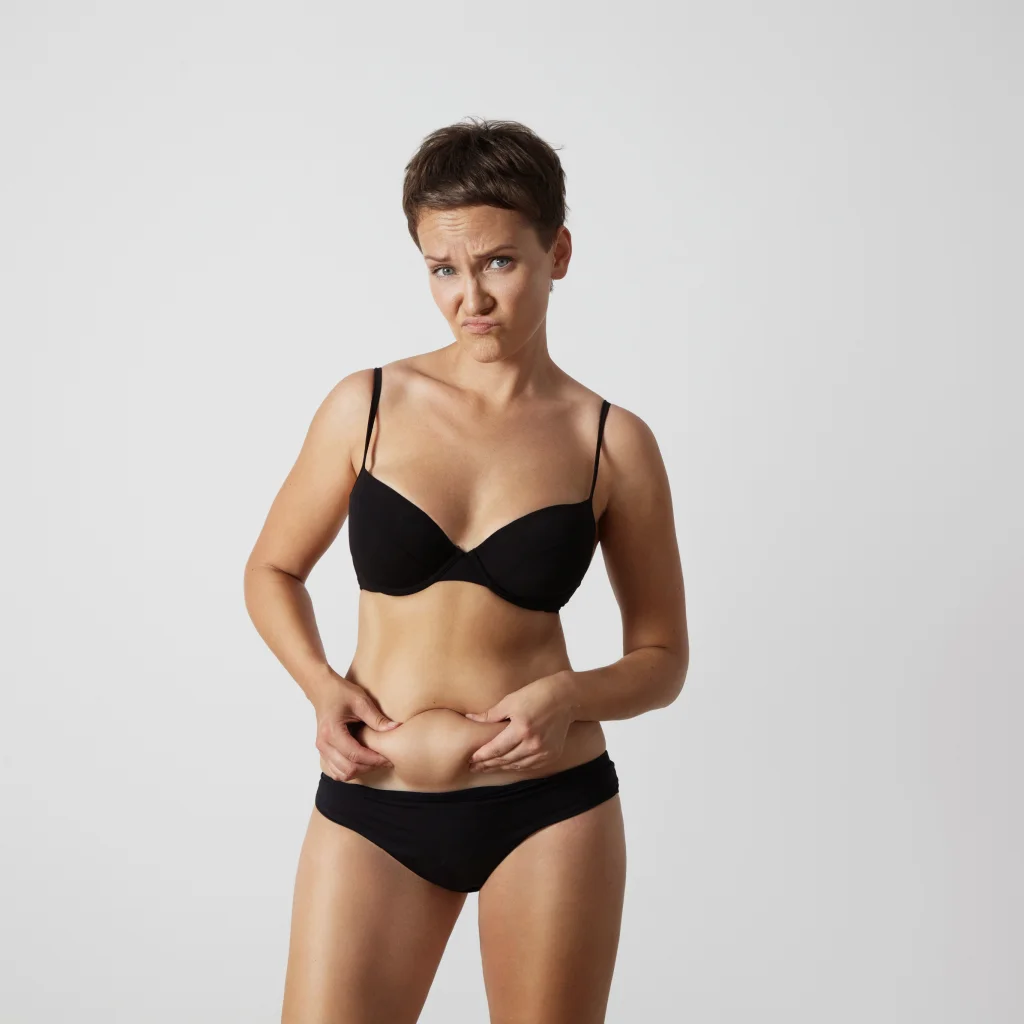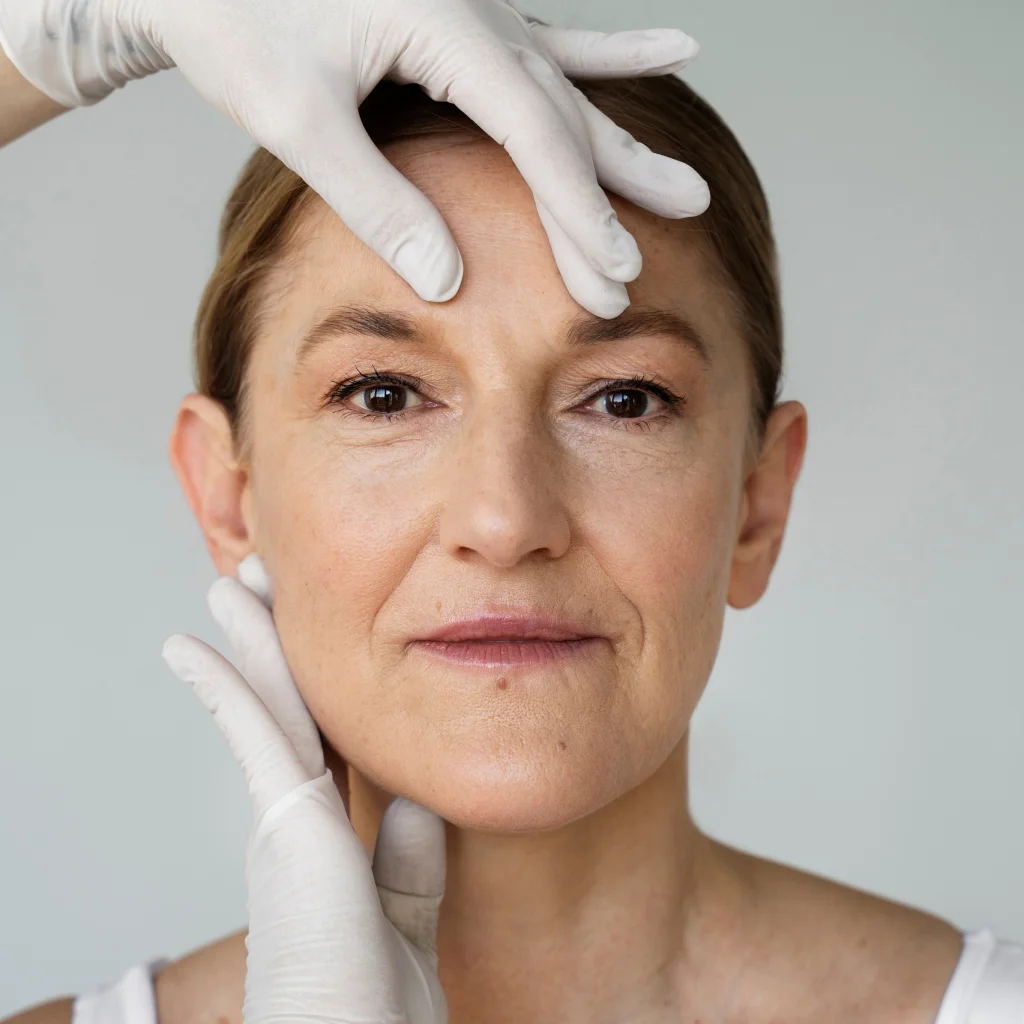Cryolipolysis sessions for fat freezing are one of the non-surgical methods to eliminate fat cells in a specific area of the body. If you have many questions about this technique, such as how it works, its safety, effectiveness, and cost, follow this article to find answers to all of them.
What are Cryolipolysis Sessions?
Fat freezing sessions using the cryolipolysis device are non-surgical procedures performed to break down fat in a specific area of the body. It is not a treatment for obesity or being overweight but rather targets stubborn fat cells that do not respond to exercise or diet. It works by destroying them through freezing at very low temperatures, and the lymphatic system disposes of them through the liver.
How are Cryolipolysis Sessions Performed?
The session takes place in the clinic. The doctor numbs the area to be treated and applies a moisturizing cream to protect the skin from the device’s intense cold. Then the cryolipolysis device is activated and gradually cooled to around 5°C while being applied over the target area. The session usually lasts from 30 to 45 minutes or more, depending on the case and device efficiency.
How Many Cryolipolysis Sessions Are Needed?
The required sessions of cryolipolysis is not fixed for all cases. Some doctors recommend two sessions, others four or six, and some cases may need more or fewer. The doctor assesses the patient’s needs and response to treatment to determine the number of sessions, with several weeks between each session.
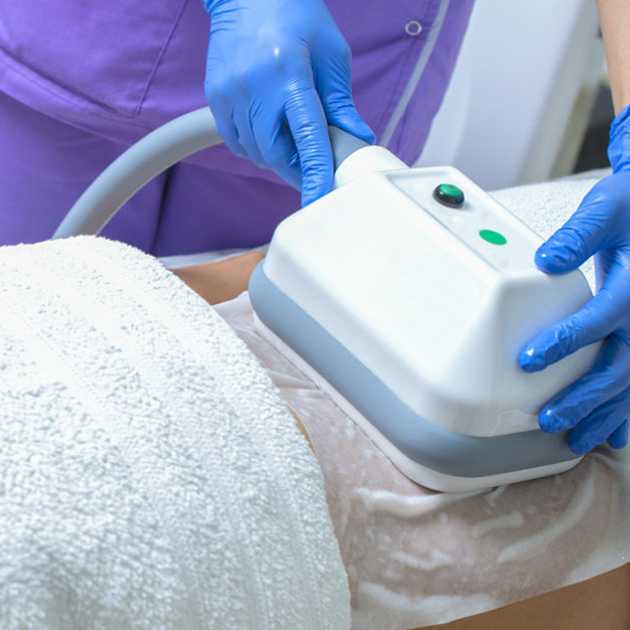
What is the Cost of Cryolipolysis Sessions?
The total cost depends on the number of sessions. Generally, it is not considered expensive, with varying prices depending on the clinic, country, and currency. In Egypt, the cost per session ranges from 250 to 350 EGP in some clinics, while others may charge up to 600 EGP.
Who is a good Candidate for Cryolipolysis Sessions?
Cryolipolysis is usually beneficial for:
- People with a small amount of fat that could not be eliminated through diet or exercise.
- People who are not overweight or obese, where the excess should not exceed 20% of the ideal weight.
- People with healthy skin and no autoimmune or inflammatory skin disorders.
- Athletes who want to sculpt a specific area to highlight muscles.
Who must not go for Cryolipolysis Sessions?
The following cases should not undergo cryolipolysis sessions:
- Patients with cold agglutinin disease, where extreme temperature changes damage red blood cells.
- Patients with autoimmune skin diseases like psoriasis or eczema.
- Pregnant and breastfeeding women.
- Patients with poor circulation, vascular trauma, or chronic finger swelling.
- People with inflammatory skin conditions like urticaria.
- Patients with nerve conditions like diabetic neuropathy.
- Long-term users of anticoagulant medications.
Are Cryolipolysis Sessions Effective?
Cryolipolysis is highly successful in most cases, permanently removing fat cells from a targeted area. Its side effects are milder compared to surgical procedures. However, it is not a magic solution for weight loss, as it only reduces a portion of fat, not 100%. Its effectiveness varies per case, and lifestyle plays a major role. A healthy diet and regular exercise improve outcomes.
Are Cryolipolysis Sessions Safe?
Generally, cryolipolysis sessions are safe, non-surgical, and do not require incisions or general anesthesia. According to statistics, only about 1% of treated patients report complications such as temporary numbness in the treated area. The risk of complications is reduced by ensuring the patient is a suitable candidate, choosing a skilled doctor, and using the device properly.
Cryolipolysis Side Effects
Some mild side effects may occur, such as numbness, tingling, redness, muscle tightness, or skin tightness in the treated area. These are temporary and usually subside over time. Doctors may prescribe moisturizers or muscle relaxants. More serious side effects can be avoided by taking precautions, such as choosing a qualified doctor, verifying device safety, and using it correctly.

